1Venice, Italy
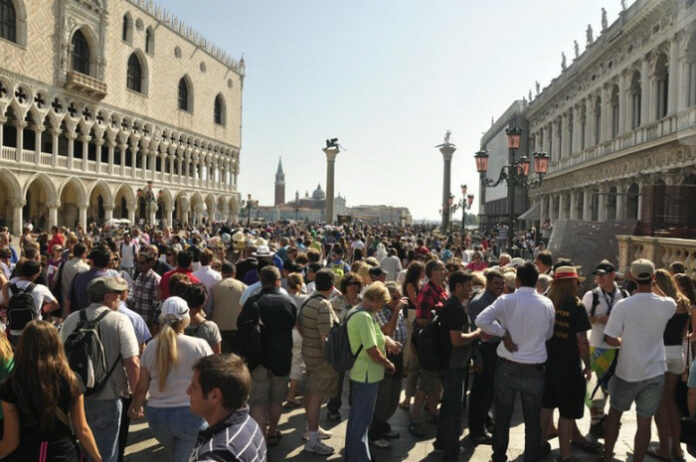
canals, bridges, and historical architecture, the city attracts millions of tourists every year. Unfortunately, the influx has created challenges like environmental degradation and the displacement of residents.
In response, Venice has started imposing fees on day-trippers and limiting the number of tourists allowed to enter the city center during peak times. This step aims to protect Venice’s fragile ecosystem and make the city more livable for its residents.
2Barcelona, Spain
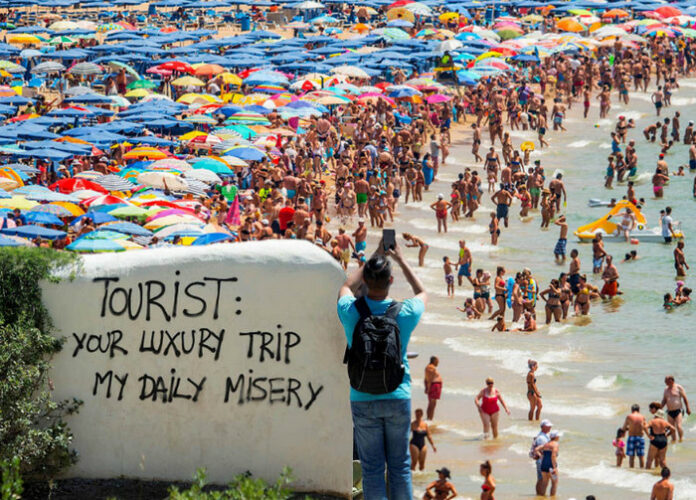
Barcelona, known for its stunning architecture by Antoni Gaudí, vibrant culture, and beautiful beaches, has also faced significant pressure from tourism.
The city’s residents have expressed frustration with rising housing prices and crowded streets. The local government has taken steps such as restricting short-term rentals and limiting new hotel development. Protests against overtourism are common, and there’s a growing sentiment among locals to curb the number of visitors.
3Santorini, Greece
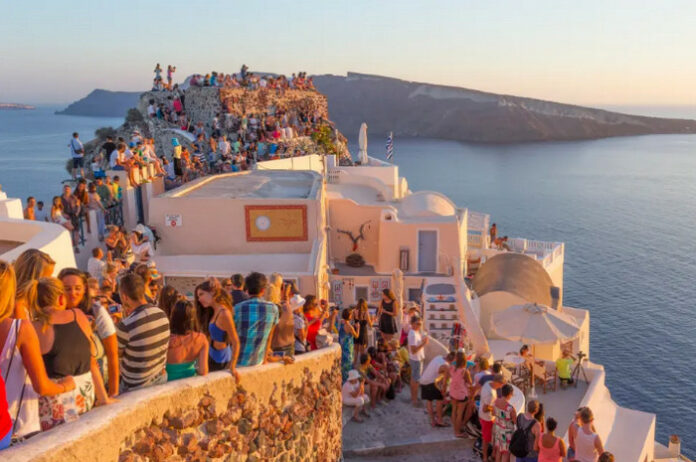
Santorini, with its iconic blue-domed churches and stunning sunsets, has become a popular spot for tourists.
However, the small island’s infrastructure is not built to handle the large number of daily visitors, especially during the summer months. The authorities have implemented measures to limit the number of cruise ships docking at the island, and there are discussions about further restricting the number of tourists allowed to enter. Santorini’s residents hope to find a balance between tourism and maintaining their quality of life.
4Amsterdam, Netherlands
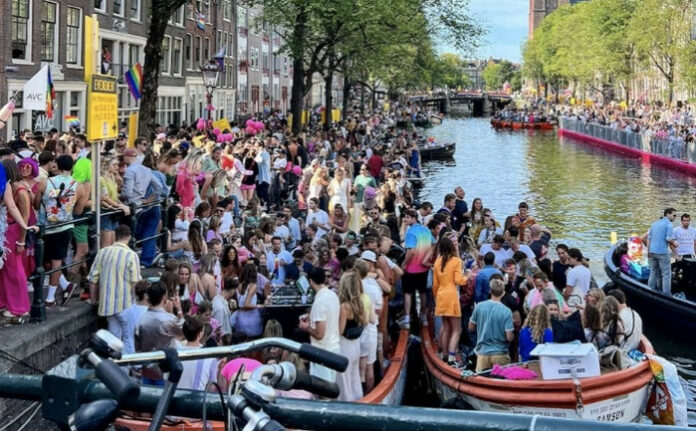
Amsterdam, famous for its canals and cultural landmarks, is also overwhelmed with tourists, particularly in its historic city center.
The local government has launched campaigns urging tourists to respect the city’s rules, and measures have been taken to limit large tour groups in popular areas. Additionally, the city has stopped promoting itself as a tourist destination, focusing instead on regulating the flow of visitors to reduce strain on residents.
5Dubrovnik, Croatia
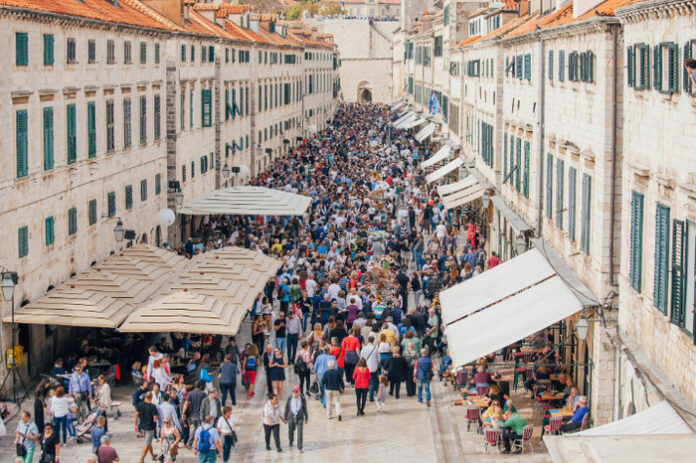
The UNESCO World Heritage city of Dubrovnik has seen a sharp rise in visitors, particularly after being featured in the hit TV series Game of Thrones.
The narrow streets and small population have struggled to cope with the mass of tourists arriving via cruise ships. The city has introduced measures to cap the number of cruise ship passengers and installed cameras to monitor crowds. Dubrovnik is determined to maintain its charm and history by reducing the number of visitors.
6Cinque Terre, Italy
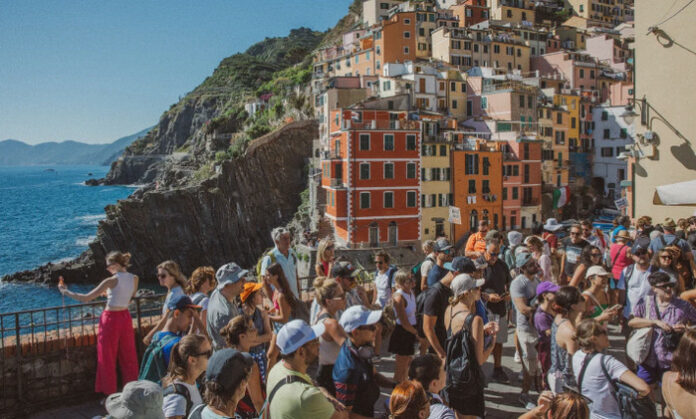
The five picturesque villages of Cinque Terre are known for their colorful houses perched on cliffs overlooking the Mediterranean Sea.
While this region has long been a popular destination, the small towns have been overwhelmed by the sheer number of visitors in recent years. The local government has imposed limits on the number of tourists allowed to hike between the villages each day and is considering introducing ticketing systems for entry. Cinque Terre wants to preserve its natural beauty and traditional way of life.
7Reykjavik, Iceland
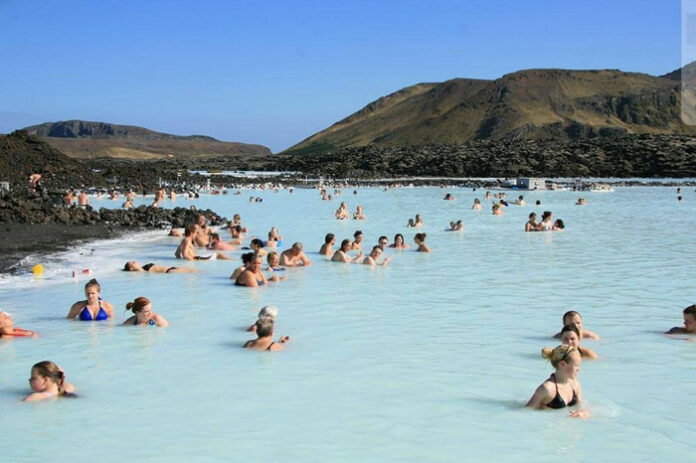
Iceland’s natural beauty and unique landscapes have attracted millions of tourists in recent years, with many using Reykjavik as a base for their adventures.
However, the country’s small population and limited infrastructure have struggled to keep up with the surge in visitors. Reykjavik has taken steps to limit the number of tourists in certain areas and promote sustainable tourism practices to protect its environment. The focus is on quality over quantity when it comes to visitors.
8Prague, Czech Republic
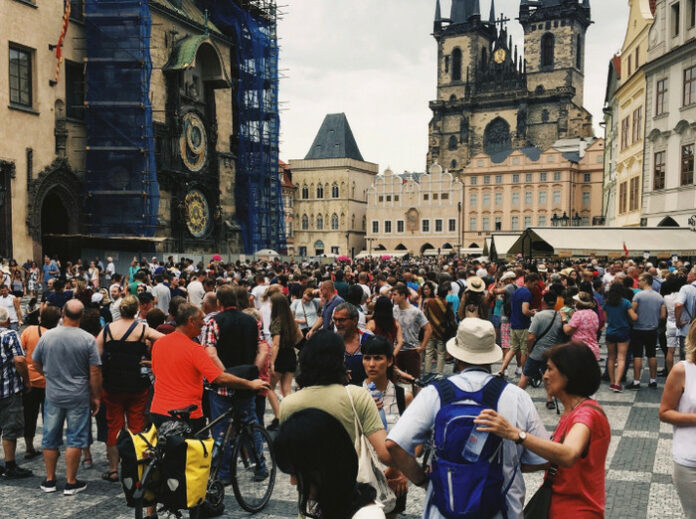
Prague, with its stunning castles and charming old town, has become a hotspot for European tourists.
Unfortunately, this has led to a rise in overcrowding, especially in the historic center. Locals have raised concerns about rising costs and the commercialization of once-quiet neighborhoods. To combat this, the city has restricted Airbnb rentals and introduced guidelines to preserve its heritage. Prague is working hard to manage its tourist numbers without losing its authenticity.
9Mallorca, Spain
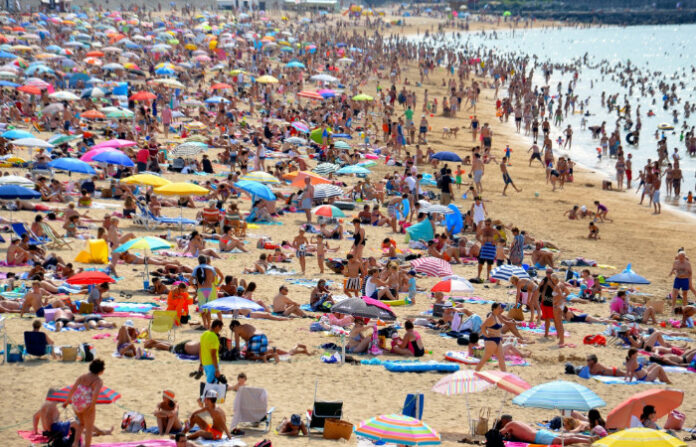
Mallorca, a beautiful island in the Mediterranean, has been a popular tourist destination for decades.
However, the local population has started to push back against the sheer number of visitors, particularly during the summer months. Environmental concerns and the rising cost of living have prompted the authorities to limit the number of new tourist accommodations. Additionally, there are efforts to promote more sustainable tourism practices to protect the island’s natural beauty and resources.
10Paris, France
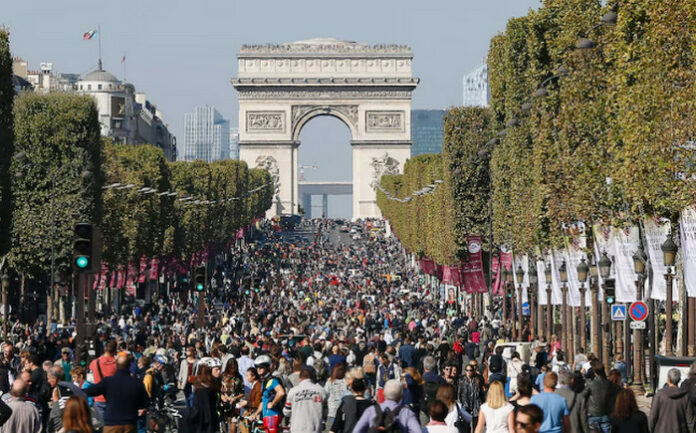
While Paris remains one of the most visited cities in the world, certain parts of the city are trying to reduce the impact of overtourism.
Montmartre, the Eiffel Tower area, and the Louvre are often overcrowded, leading to frustration among both tourists and locals.The city has introduced initiatives to spread visitors more evenly across different districts and encourage tourism outside the busy summer season. Parisians are keen to maintain the city’s charm without being overwhelmed by crowds.